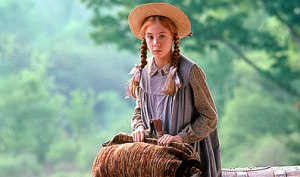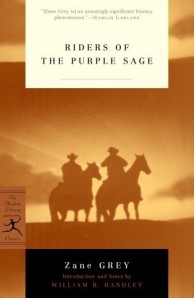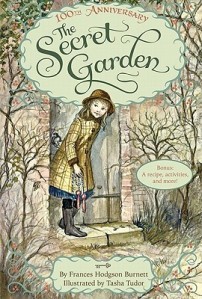 Title: The Secret Garden
Title: The Secret Garden
Author: Frances Hodgson Burnett
Published in 1911
Summary from Goodreads: “One of the most delightful and enduring classics of children’s literature, The Secret Garden by Victorian author Frances Hodgson Burnett has remained a firm favorite with children the world over ever since it made its first appearance. Initially published as a serial story in 1910 in The American Magazine, it was brought out in novel form in 1911.
The plot centers round Mary Lennox, a young English girl who returns to England from India, having suffered the immense trauma by losing both her parents in a cholera epidemic. However, her memories of her parents are not pleasant, as they were a selfish, neglectful and pleasure-seeking couple. Mary is given to the care of her uncle Archibald Craven, whom she has never met. She travels to his home, Misselthwaite Manor located in the gloomy Yorkshire, a vast change from the sunny and warm climate she was used to. When she arrives, she is a rude, stubborn and given to stormy temper tantrums. However, her nature undergoes a gradual transformation when she learns of the tragedies that have befallen her strict and disciplinarian uncle whom she earlier feared and despised. Once when he’s away from home, Mary discovers a charming walled garden which is always kept locked. The mystery deepens when she hears sounds of sobbing from somewhere within her uncle’s vast mansion. The kindly servants ignore her queries or pretend they haven’t heard, spiking Mary’s curiosity.
Frances Hodgson Burnett was born in 1849, and published The Secret Garden in 1911. The book itself relies heavily on Christian themes, and Burnett was an adherent of Mary Baker Eddy’s Christian Science theology (not to be confused with L. Ron Hubbard’s Scientology movement). These themes can be seen throughout the book, in which the physical frailty of Colin, one of the books three primary protaganists, can be seen to be entirely psychosomatic.
Looking at the book as metaphor through the eyes of an adult, I didn’t find it particularly successful. To me, trying to imbue the book with too much depth causes it to lose much of it’s charm – I would compare it to The Lion, the Witch and the Wardrobe, which is wildly successful as a child’s fantasy tale, but is much too heavy-handed as allegory when evaluated using adult standards. Like The Lion, the Witch and the Wardrobe, I liked The Secret Garden better before I knew WHY Burnett wrote it.
Where The Secret Garden really shines is if it is simply approached as a simple, pretty tale of childhood. There is much to love in the descriptions of the moor, and of the garden, and the inquisitive robin who makes friends with the girl. Burnett’s descriptions of Mary’s transformation from the unloved, unhappy, resentment-filled and spoiled child to a robust, laughing youngster is charming. The clash between Mary and Colin – two brats who’ve had their own way much too much – is hilariously foot-stamping. And Dickon is simply delightful as the boy who can talk to animals.
In addition, Burnett’s descriptions of the secret garden, and it’s impact on the children, are so winning:
There was every joy on earth in the secret garden that morning, and in the midst of them came a delight more delightful than all, because it was more wonderful. Swiftly something flew across the wall and darted through the trees to a close grown corner, a little flare of red-breasted bird with something hanging from its beak. Dickon stood quite still and put his hand on Mary almost as if they had suddenly found themselves laughing in a church.
Mary, describing the garden to Colin:
Perhaps they are coming up through the grass – perhaps there are clusters of purple crocuses and gold ones – even now. Perhaps the leaves are beginning to break out and uncurl – and perhaps – the gray is changing and a green gauze veil is creepin – and creeping over – everything. And the birds are coming to look at it – because it is – so safe and still.
“It’s so beautiful!” she said, a little breathless with her speed. “You never saw anything so beautiful! It has come! I thought it had come that other morning, but it was only coming. It is here now! It has come, the Spring! Dickon says so!”
The Secret Garden is the perfect book to read in the spring, as it is full of descriptions of burgeoning life and youth. It’s enough to make me want to get outside and get some dirt under MY fingernails.



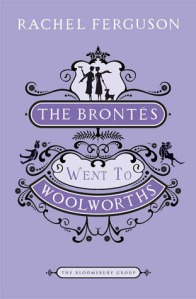
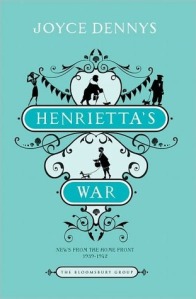
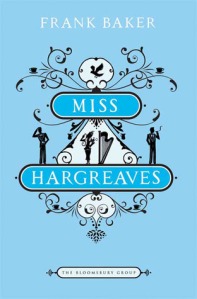
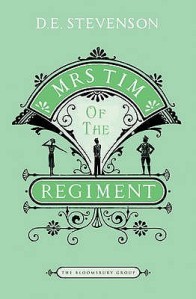
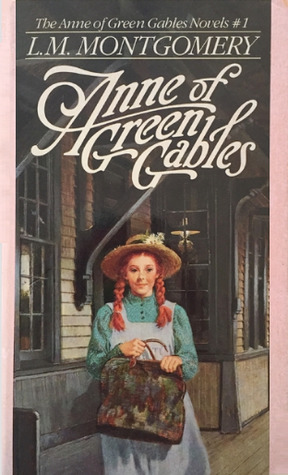 Title: Anne of Green Gables
Title: Anne of Green Gables